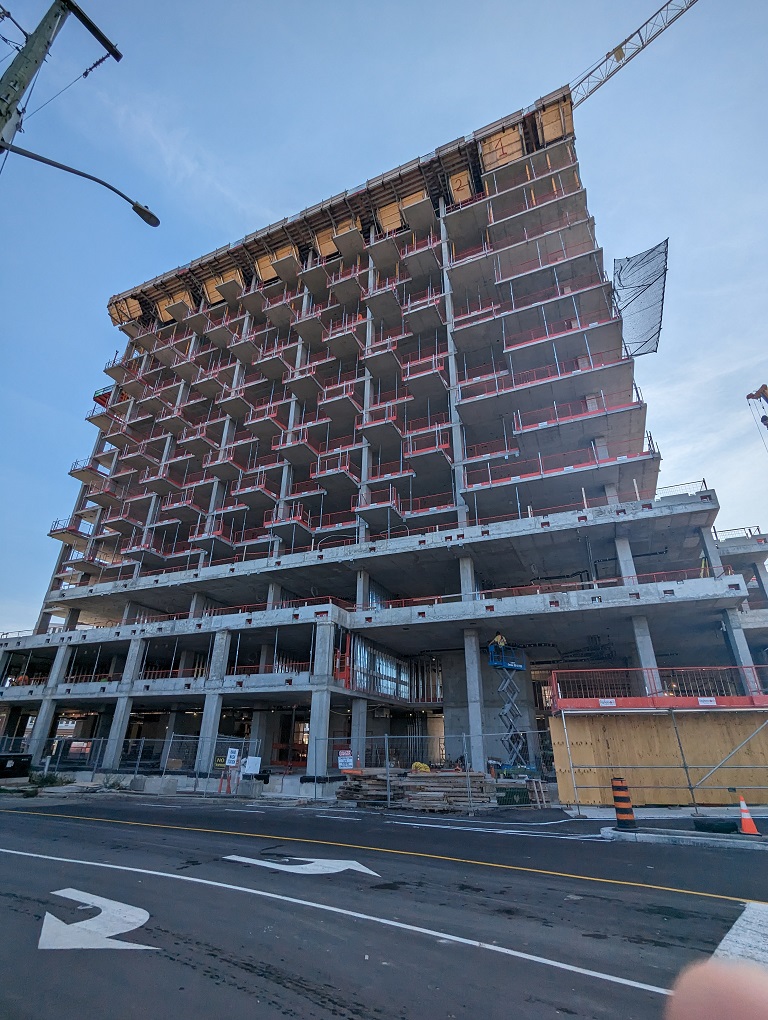Housing affordability is a pressing issue that has been at the forefront of public discourse in Canada. While the topic itself is not new, the urgency to address it has reached a tipping point. Two recent studies—one by CMHC and Statistics Canada, and another by RBC Thought Leadership—provide valuable insights into the complexities surrounding housing affordability. This essay aims to synthesize the findings from these studies and offer a nuanced understanding of the challenges and potential solutions.

The Affordability Crisis: A Quantitative Overview
According to RBC’s aggregate affordability measure, there was a marginal improvement in housing affordability in Canada in the second quarter of this year. However, this slight uptick is insufficient to alleviate the underlying issues. On the other hand, CMHC’s research estimates that an additional 3.5 million new housing units are needed by 2030 to restore affordability. The numbers paint a grim picture, especially when considering the high house price-to-income ratios in major urban areas like Greater Toronto and Greater Vancouver.
Land Use Regulations: A Double-Edged Sword
The CMHC and Statistics Canada study delves into the role of land use regulations in housing affordability. While these regulations serve important socio-economic goals, their extent and suboptimal implementation can stifle housing development. The study introduces the Municipal Land Use and Regulation Index, which quantifies the degree of land use regulation in various cities. Notably, higher values of this index are associated with lower housing affordability. For instance, Greater Toronto and Greater Vancouver have the highest index scores and correspondingly low affordability.
The Cost of Approval Delays
One of the most striking findings from the CMHC study is the impact of approval delays on housing affordability. The “Approval Delay Index” is identified as a crucial factor explaining regional differences in affordability. Longer approval times not only make building projects more costly but also contribute to supply shortages. The Greater Toronto and Greater Vancouver areas have the longest approval times, exacerbating the affordability crisis in these regions.
The Supply-Side Conundrum
Both studies emphasize the need for supply-side solutions. RBC suggests incentivizing the construction of purpose-built apartments and social housing. CMHC’s findings support this, highlighting the need for evidence-based analysis to evaluate how land use regulations impact affordability and supply outcomes.

Implications and Future Directions
The studies collectively underscore the need for a multi-pronged approach to tackle housing affordability. Policymakers must scrutinize existing land use regulations and approval processes to identify bottlenecks. The data from these studies can also inform initiatives like the Housing Accelerator Fund, which aims to develop 100,000 new homes in Canada.
Housing affordability in Canada is a complex issue influenced by a myriad of factors, including land use regulations and approval delays. While the slight improvement in affordability is a positive sign, it is far from sufficient to address the systemic challenges. A holistic approach that considers both demand and supply-side factors is essential for creating a more equitable housing market. Policymakers, developers, and community stakeholders must collaborate to develop effective strategies that can make the dream of homeownership a reality for more Canadians.
Tackling the intricacies of a property management contract may seem daunting, but you’re not in it by yourself. RentSetGo Property Management is committed to providing contracts that are both transparent and aligned with our clients’ best interests. For a property management experience rooted in honesty and straightforwardness, we encourage you to reach out and schedule a call with our team to discuss your individual needs.
